Eliminating trachoma
Discover how communities and experts are joining together to end trachoma disease across 42 endemic countries by the year 2020. This course is aimed at the personnel implementing and managing trachoma programmes at a district and community level. It provides insights from stakeholders, experts and professionals as they share their experiences of their successes and challenges of eliminating blinding trachoma.
Please note this course is currently unavailable while it is being updated. It will be back online in 2026.
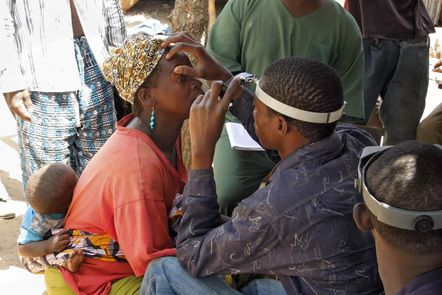
Week 1: The challenge of trachoma
Click to see week 1 content
Welcome to the course
A welcome to the course from the teaching team and an initial opportunity to introduce yourself. Activities look at how we define and diagnose trachoma eye disease.
Image: HKI CC BY-NC
Where is trachoma?
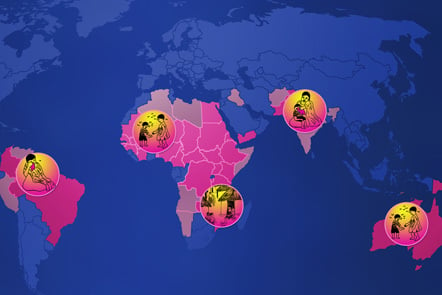 Learn the magnitude, distribution, and causes of trachoma eye disease.
Learn the magnitude, distribution, and causes of trachoma eye disease.
What can we do?
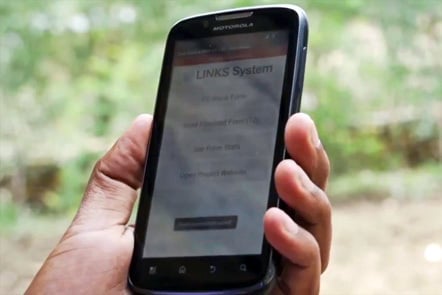 How we collect trachoma mapping data at the local level and use it to guide elimination activities.
How we collect trachoma mapping data at the local level and use it to guide elimination activities.
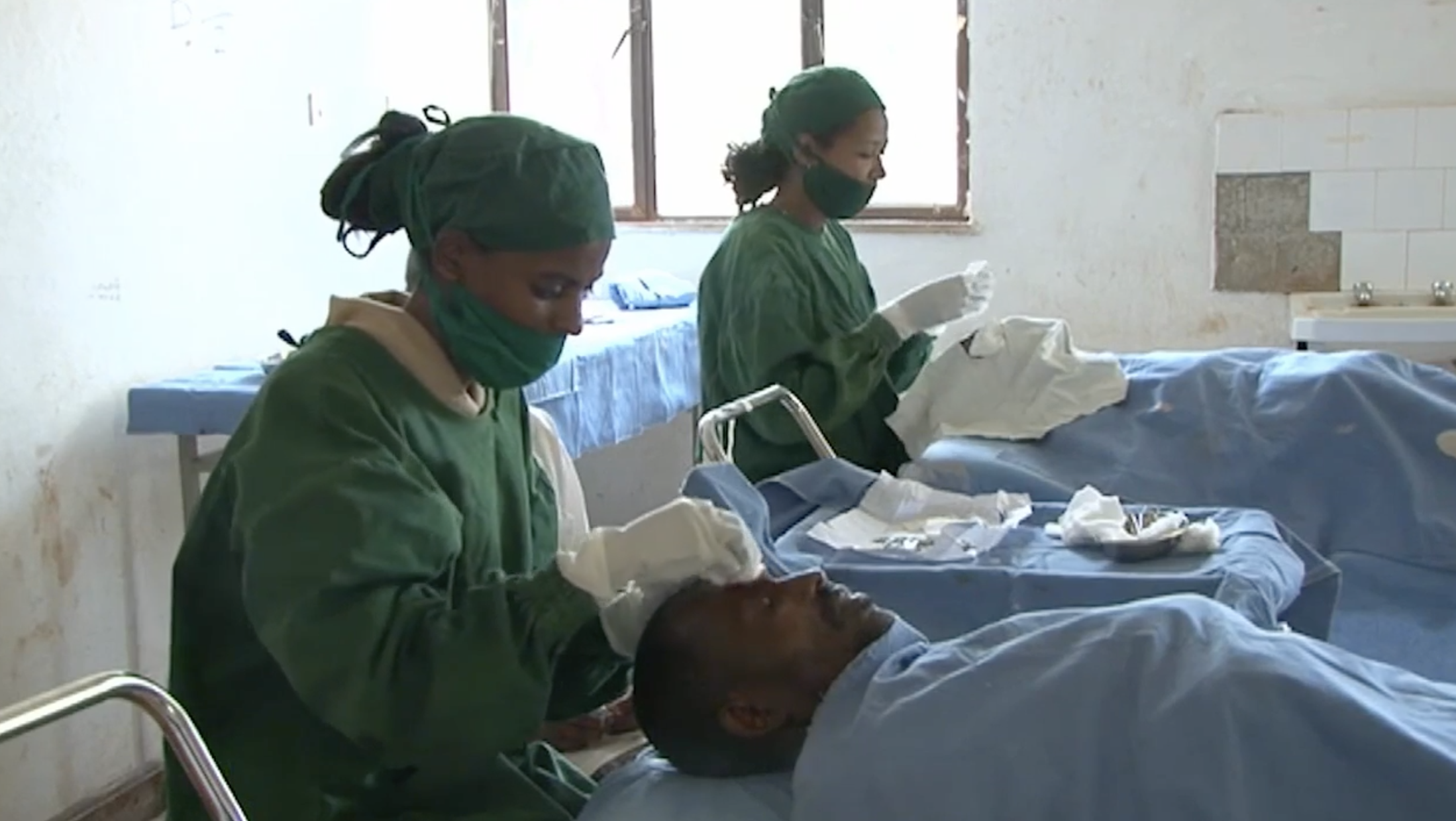
Week 2 : Action for trachoma: S is for surgery
Click to see week 2 content
Reaching trichiasis patients
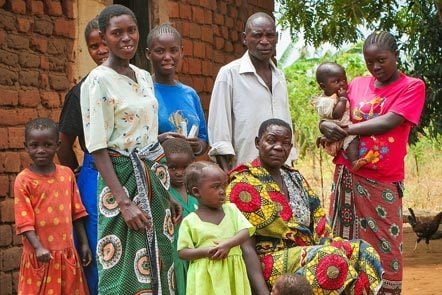
What is trichiasis? How can we reach trichiasis patients? And how do we assess and counsel patients once we find them? Image © Lance Bellers / LSHTM CC BY-NC
Trichiasis surgery in the community
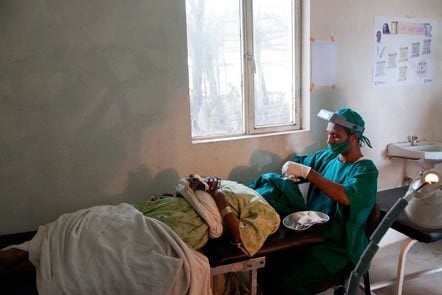
Explore how to plan, organise and deliver high quality trichiasis surgery in the community as part of a trachoma elimination programme. Image © Carter Center CC BY-NC-SA
Managing the coverage and quality of trichiasis surgery
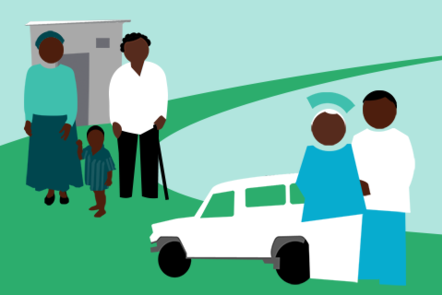
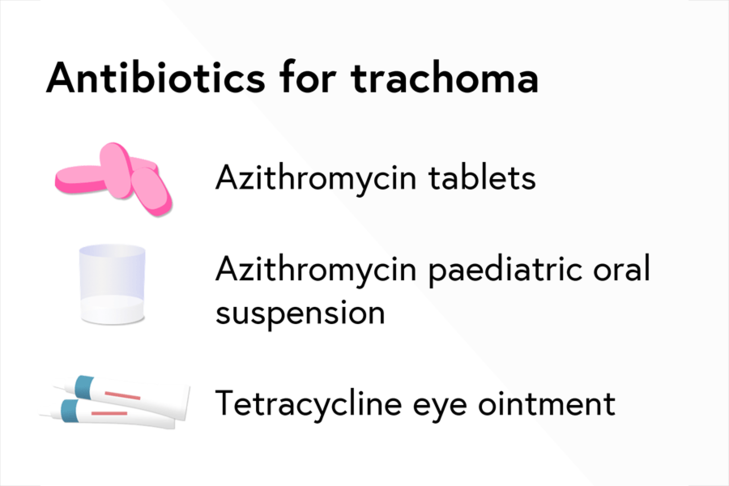
Week 3 : Action for trachoma: A is for Antibiotics
Click to see week 3 content
Taking antibiotics to the community
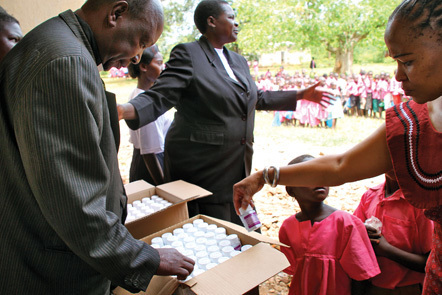
Discover the partnerships between health services that are essential to support each person with diabetes and coordinate their long-term diabetes eye care needs.
Creating a team approach to screening and grading
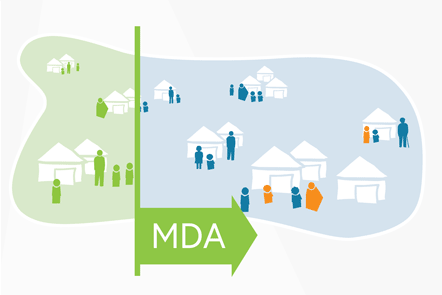 How do we know when to start and stop mass drug administration (MDA)? Which MDA strategy should we use in a community? And what is microplanning for MDA?
How do we know when to start and stop mass drug administration (MDA)? Which MDA strategy should we use in a community? And what is microplanning for MDA?
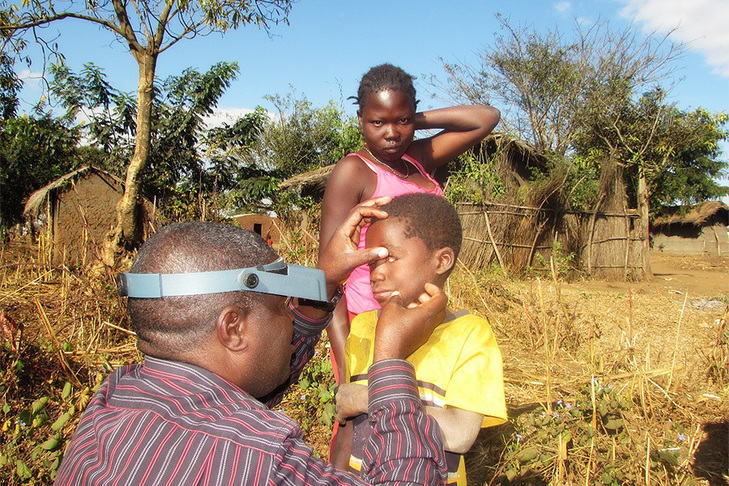
Week 4 : Action for trachoma: Face washing and the Environment
Click to see week 4 contents
Trachoma, community and environment
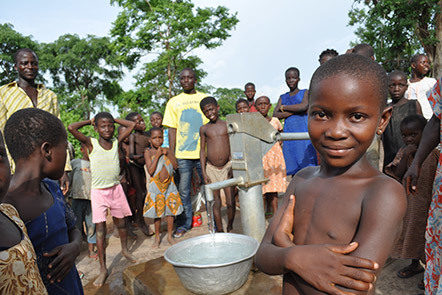
Engaging with partners and communities is vital to achieve environmental improvement and behavior and reduce trachoma transmission. Image: water.org CC BY-NC-SA
Working with stakeholders
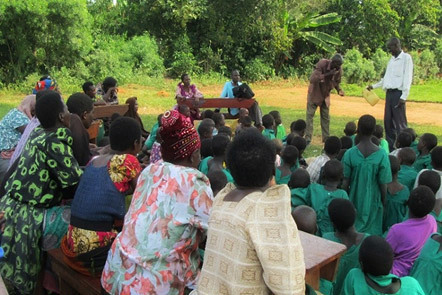
Multi-disciplinary action is required to implement water and sanitation improvements in a sustainable way. Image: WaterMission Uganda CC BY-NC-SA
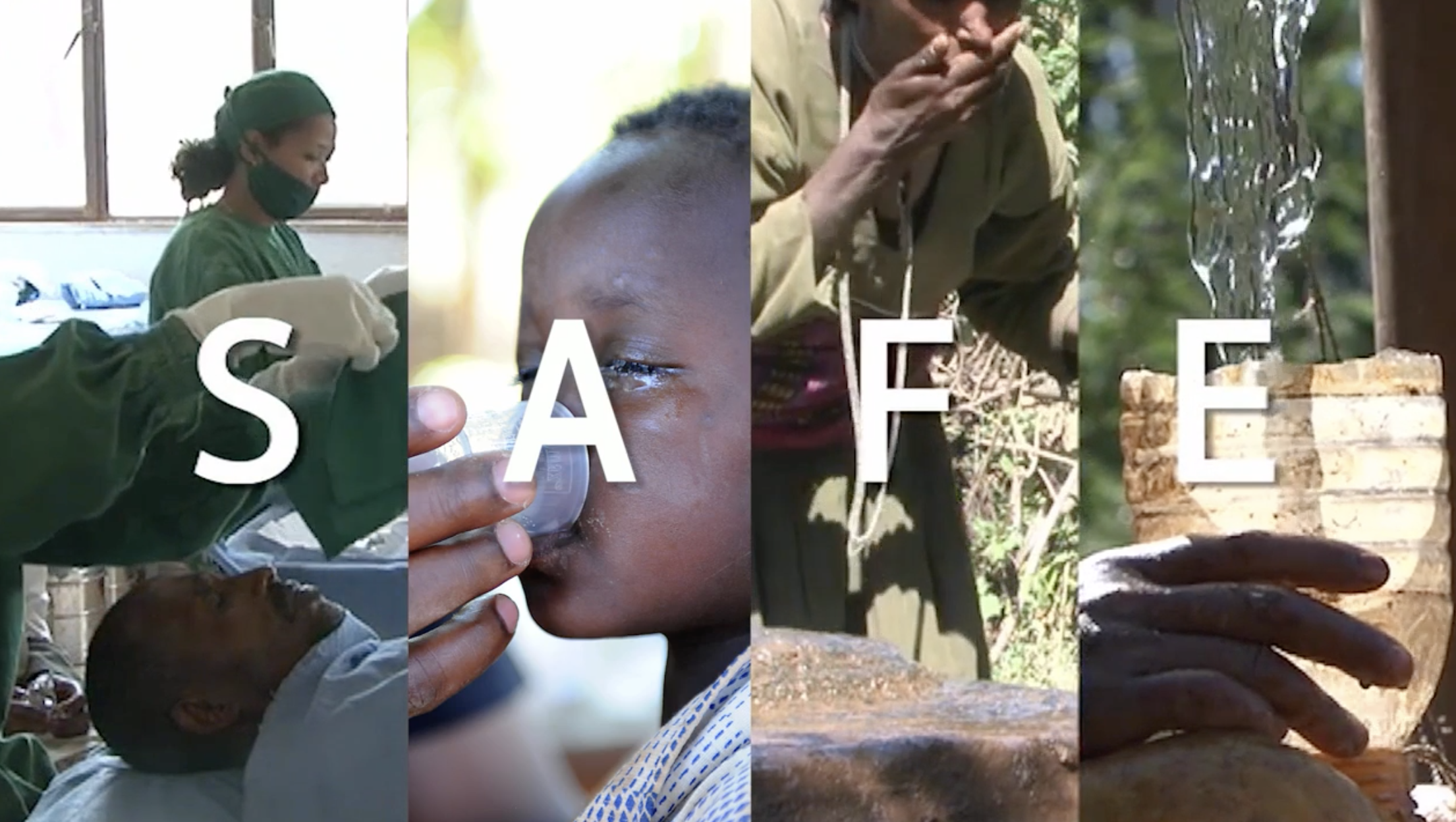
Week 5: Is SAFE making a difference?
.
Click to see week 5 contents
What is monitoring?
How trachoma programme managers can check that a plan is progressing and if it has made a difference.
Monitoring for trachoma elimination
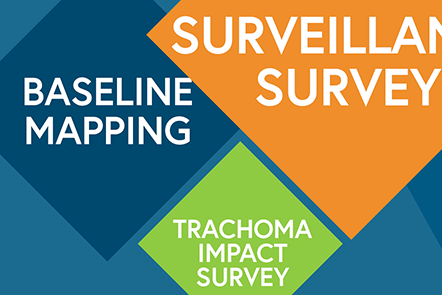
Consider the critical elements of the monitoring and evaluation system for trachoma.
Certifying elimination
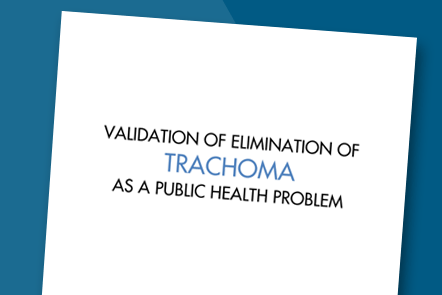 How national programmes manage and document progress towards verification that trachoma has been eliminated in their country.
How national programmes manage and document progress towards verification that trachoma has been eliminated in their country.
Course review

Details of further learning opportunities and course acknowledgements. Image: LSHTM.


